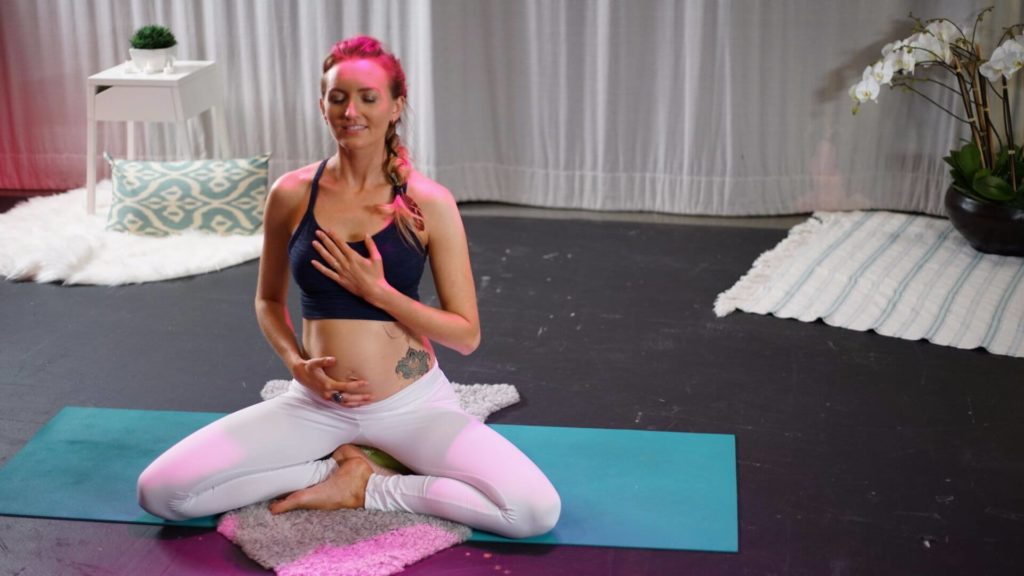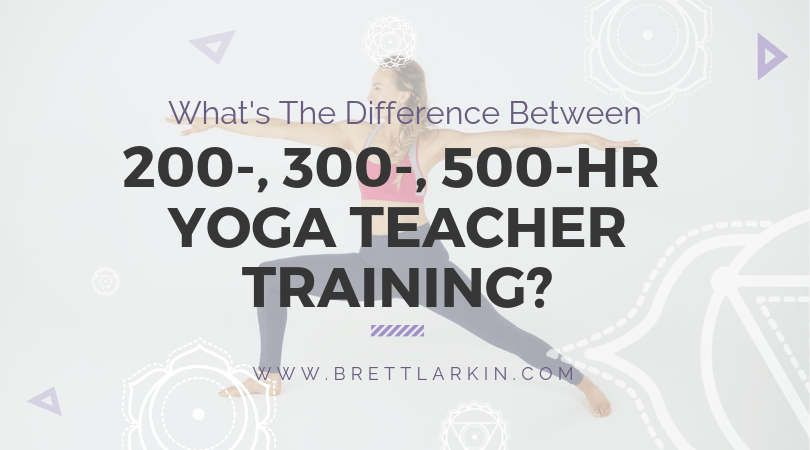
You live a hectic life.
Every week, you bust your butt to make your bed in the morning, eat as healthily as you can, get to work on time, and provide a beautiful life for your family (four-legged or otherwise).
How do you do it?
I’m willing to bet that you, my friend, have a dirty little secret.
Yep, that’s right. A dirty. Little. Secret.
No, it’s not (ahem) pharmaceutically-inclined.
But it does give you a rush like no other, and a tsunami wave of feel-good chemicals that keep you from pulling your hair out when your workweek gets tough.
I’m talking about your weekly yoga class.
Oh, yeah.
That one hour each week (or more, if you’re a lucky cat!) where you can walk into a candle-lit yoga studio and leave all your problems at the door.
Where you can forget about rent money, traffic jams, and passive-aggressive coworkers for just long enough to stretch, twist, and fold your body into blissed-out submission.
And don’t even get me started on Savasana.
(Bliss. That’s all I’m gonna say.)
In fact, medical science has proven that a physical yoga practice is good for your health! Not only does your time on the mat reduce stress, but it also can help improve overall quality of life.
If you’ve reached a point of total gratitude for this major source of tranquility and bliss in your life, maybe the thought has crossed your mind: “Should I grow my yoga community and share this practice with others? Should I get my yoga certification and teach yoga?
“Should I become a yoga teacher?”
If this sounds like you, and you’ve considered taking the next steps to see if a yoga teacher training program is right for you, hurray!
You are in the right place.
Until you complete a training program yourself, it can be daunting to understand exactly what you need to do to become a yoga teacher.
What’s the difference between all these different types of yoga teacher certifications? Are the benefits of taking a yoga teacher training really worth the investment of time and energy?
Allow me to dispel your confusion as quickly as a yoga class gets rid of stress and tension headaches.
What Are The Levels of Yoga Certification?
For starters, you should know that yoga teacher training courses (or YTTCs) are classified by the number of hours students spend training in the art and science of yoga. Each training level requires a different time commitment, and which one you choose will affect how long it takes to become a certified teacher.
YTTCs can technically be comprised of any number of hours, but the most commonly-found programs are 200-hour, 300-hour, and 500-hour yoga teacher training courses.
If you stumble upon 50-hour and 100-hour courses, they most likely will specialize in teaching a very particular style of yoga.
However, the basic building block for becoming a yoga instructor is a 200-hour YTTC. You’ll see 200-hour CYTs (Certified Yoga Teachers) and 200-hour RYTs (Registered Yoga Teachers). “RYT” simply means these are teachers who have both completed a 200-hour YTTC and have registered with Yoga Alliance, an international organization that sets guidelines for yoga teacher trainings in an attempt to ensure the quality of YTTCs. Yoga Alliance charges fees to both students and schools to be listed within their online directory and promises membership benefits for paying those fees. The initial cost to become a registered yoga teacher is $115, with $50 going towards the application fee and $65 going towards annual dues. As of April 2020, the Yoga Alliance had over 7,000 Registered Yoga Schools (RYS) and more than 100,000 Registered Yoga Teachers (RYT) in its directory.
Read my post about Yoga Alliance and learn the pros and cons of registering as a yoga teacher here: What is Yoga Alliance?
Many studios may say they only hire 200-Hour RYTs, since Yoga Alliance’s private trademark “RYT” has become synonymous with the 200-Hour education. This does not mean you need to attend a registered yoga school. Usually, what studios are really looking for are someone who has at least 200-Hours of training experience, has yoga insurance (which all teacher’s must purchase separately), and can, well, TEACH with authenticity, compassion and authority.
| Requirements | Duration | Pricing | Graduation Rate | |
|---|---|---|---|---|
| 200-Hour | At least one year of physical practice on your own | 1 month intensive to 12 months + | $1,000 up to $7,000 | 96% graduation rate – Uplifted Yoga |
| 300-Hour | Complete 200-hour training; a minimum number of teaching hours may be required | 1 month intensive to 12 months + | $2,000 up to $7,000 | 96% graduation rate – Uplifted Yoga |
| 500-Hour | Complete 200-hour and 300-hour training | 1 month intensive to 12 months + | $3,000 up to $8,000 | 96% graduation rate – Uplifted Yoga |
Take my quiz to find out which YTT is best for you:
What’s in a 200-Hour Yoga Teacher Training Program?
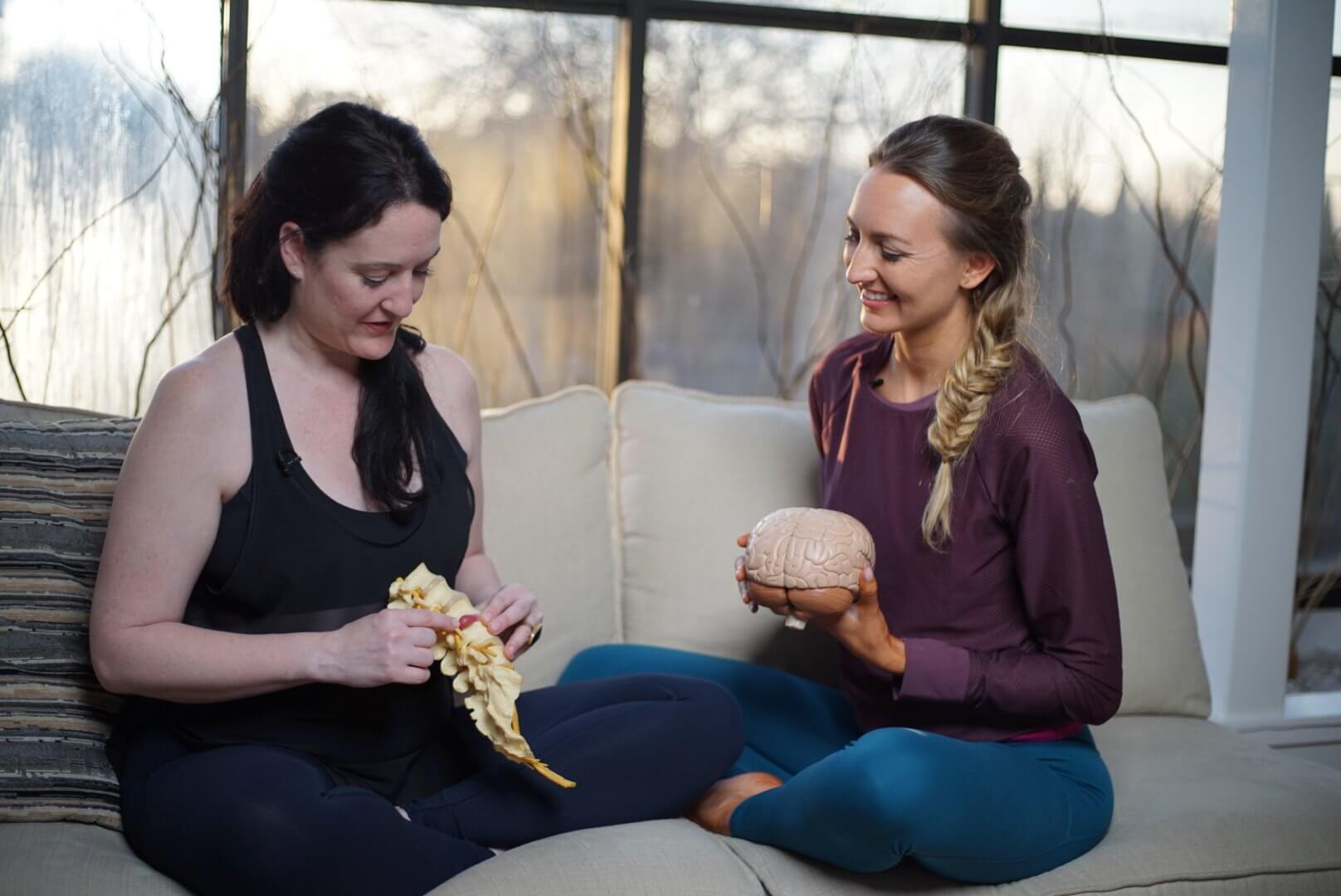
Read my full breakdown of what to expect at a 200-hr YTT course: 200 Hour Yoga Teacher Training: What To Expect, How To Prepare, Where To Do It
Pre-Requisites
A 200-hour teacher training program is your first step to teaching yoga and spreading peace and calm throughout the world. Think of it as your “bachelor’s degree” in the instruction of yoga.
It’s for yogis who have been practicing for years and feel ready to teach or yoga students who want to take their yoga practice to the next level by becoming a yoga teacher.
Whatever your reasons for signing up for a 200-hour training, you will devote (yep, you guessed it) 200 hours to intensive study of yoga, its philosophy and history, yoga terms, and the anatomy and physiology required to teach yoga safely and effectively.
Choosing the yoga teacher training program that is aligned with your yoga philosophy is key. 52% of yogis say that the content being offered in a training is the most important aspect of choosing a training and 25% say that the most important aspect is the lead teacher.
When choosing a 200-hour training, you have the option of electing to study locally with your favorite yoga studio or traveling abroad for an immersive course.
If your studio offers a yoga teacher training program, it is likely designed to fit into your busy schedule. This means it will be “module-based,” taking place in small chunks over an extended period of time. (For example, it could be formatted with 10-hour training sessions taking place every Saturday for 3 months, plus a requirement to attend a minimum number of classes each week throughout the duration of the training.)
Alternatively, if you have the budget and flexibility to travel for your teacher certification, an online search can reveal hundreds of choices in countries around the globe. India, Bali, Costa Rica, Thailand, and Guatemala are a few of the most popular YTTC destinations.
In immersive teaching courses, you gain a whole 200-hour instructor certification in one fell swoop. When combined with the full sensory adventure of traveling to a new place, this can create a powerfully transformative experience.
Program Requirements
The average yoga school will recommend that you have at least one years’ experience of a regular yoga practice, practicing yoga postures, or asana, before you begin your first certification program to become a yoga teacher.
After signing up, you will receive a list of required reading to complete before the yoga instructor training begins, and perhaps a handful of written assignments as well.
Your required reading may include texts such as the Hatha Yoga Pradipika, Patanjali’s Yoga Sutras, the Bhagavad Gita, or a range of literature on anatomy and physiology.
Once the program begins, expect to spend many of your contact hours simply deepening your personal, consistent yoga practice and gaining a stronger, more supple and aware body. This practice should extend beyond yoga postures and include a strong introduction to meditation and breathwork, or pranayama, as well.
In your 200-hour certification, you will cover teaching methodology, gain teaching experience by leading your fellow trainees through the practice of yoga, and learn the practicalities of actually being a yoga instructor. Glean answers to questions such as: Do I need liability insurance? Can I earn a living just by teaching studio classes? Do I need to make a yoga instructor resume? Or do I need to supplement my income by leading workshops or weekend retreats?
Perhaps most exciting is the yoga philosophy you get to experience in a yoga teacher certification course. Guided by the ancient Yoga Sutras of Patanjali, discover how to truly lead a yoga lifestyle. Take the practice of yoga off your mat and into the world using the yogi code of conduct known as the yamas and the niyamas. Learn the proper technique for physical postures and deepen your personal practice.
200-Hour Certification
The best thing about most 200-hour certification programs is that they grant you the ability to teach yoga in a widely accessible way.
Much like a liberal arts bachelor’s degree, your 200-hour yoga teacher certification confers a broad foundation of basic yoga knowledge to get you kick-started. Most trainings then focus on one or more specific styles of yoga as a lens for further study.
This is akin to your “major” in a bachelor’s degree, but is usually still a relatively wide branch on the tree of yoga. Vinyasa flow, Hatha yoga, or Ashtanga yoga are common styles for beginning levels of yoga certification.
If you want to learn more (spoiler alert: as a yoga teacher, you will be constantly growing and learning) then you are always encouraged to pursue further training and become anything from a kundalini yoga teacher to a Kripalu yoga teacher to a specialist in the yoga Kriyas. In fact, 61% of yoga teachers spend up to $1,000 on continuing education and trainings each year, so usually, once you start your yoga teacher certification process, you’ll continue gaining teacher experience and studying yoga theory, yoga poses, along with going deeper into your own personal practice.
Recommended Reading: How to Register Your YTT Certificate With Yoga Alliance (With Photos)
Fall in love with my 200-Hour teacher training or …
Experience 3 Training Videos from Inside My 200-Hour Online YTT

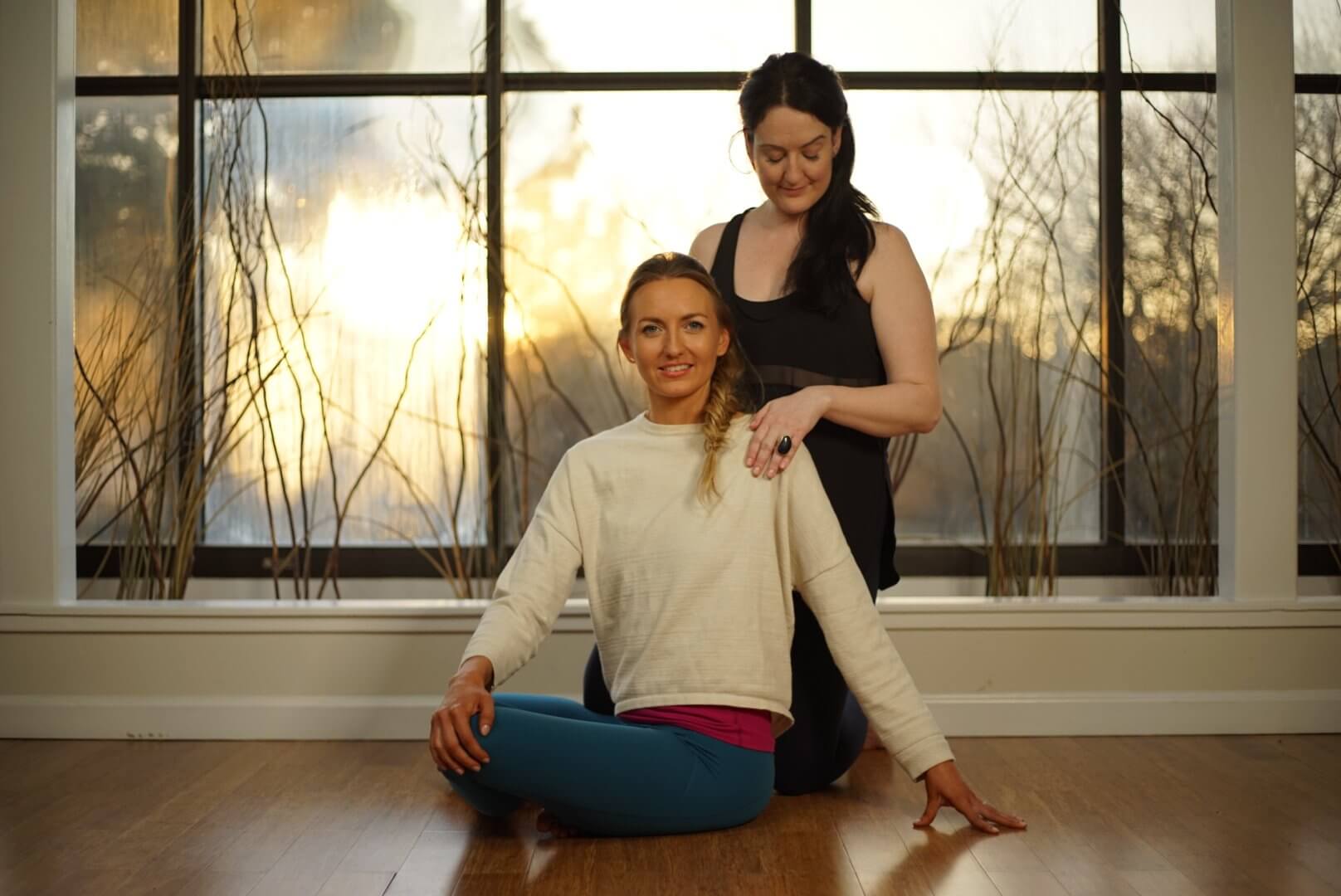
What’s in a 300-Hour Yoga Teacher Training Program?
Read my full breakdown of what the benefits of a 300 Hour YTT are: Advanced Yoga Teacher Training: Is a 300 HR YTT Worth It?
Pre-Requisites
A 300-hour yoga teacher certification is the next level of education for yoga teachers who have completed their 200-hour yoga instructor training and are thirsty for more.
Think of this as an advanced training, or continuing education for those with some teaching experience.
In order to register for an advanced training, you may be required to have a minimum number of teaching hours under your belt, in addition to your 200-hour level of education.
Program Requirements
This continuing education will go beyond the basic overview of yoga postures and yamas and niyamas found in an initial instructor certification.
This is absolutely fantastic, because you will soon realize that while 200 hours sounds like a hefty chunk of time, it’s barely enough to scratch the surface of a topic as monumental as yoga.
In your subsequent 300-hour course, you will have the opportunity to dive deeper into your practice and teaching methodology as a certified yoga teacher. Practice more physically demanding postures under the expert eye of your trainers, explore longer inner journeys in meditation, and weave advanced yoga practices, such as yoga kriyas, into your daily life. Ultimately, you’re taking your yoga education to the next level.
Recommended Reading: How to Choose a 300-Hour Yoga Teacher Training Course (And Why)
300-Hour Certification
A 300-hour certification tells yoga studio and gym owners that you have taken that extra step in your education and that you are capable of teaching more complex and nuanced yoga classes than a basic vinyasa yoga class. With a 300-hour training, you’ll be able to design a yoga class with advanced breathing techniques and draw from your wealth of teaching experience.
Because of the additional teaching hours and level of expertise, it is important to note that an advanced training comes with a higher price tag than their 200-hour counterparts.
Tuition fees can be thousands of dollars higher for 300-hour programs, even double the cost of a 200-hour training at the same yoga school. However, this investment pays off with many yoga studios. 99% of yoga studio owners think that yoga teachers should have continued learning through additional training.
If the tuition presents an issue for you, ask your yoga school about a payment plan or early bird pricing option.
Fall in love with my 300-Hour teacher training or …
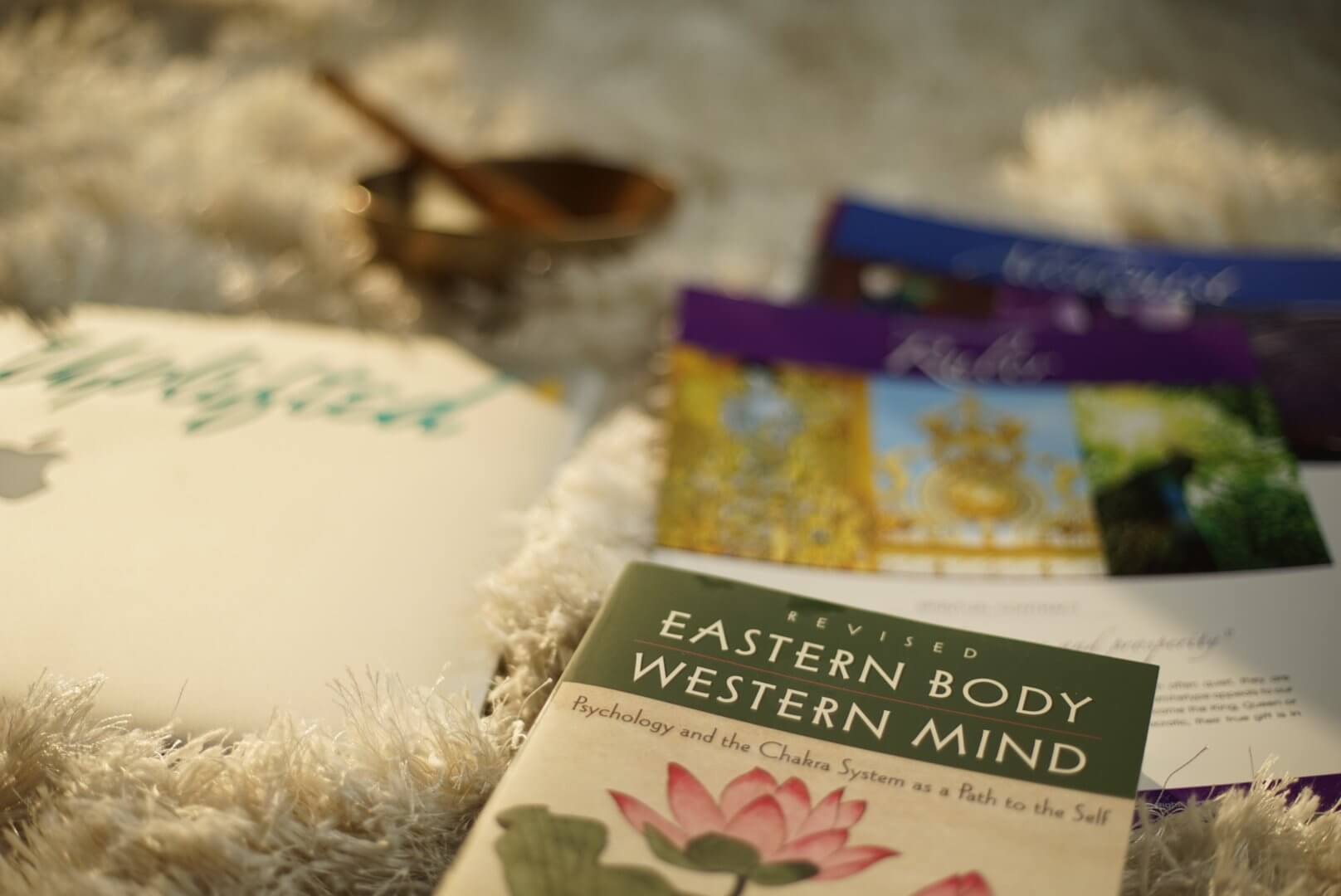
What’s in a 500-Hour Yoga Teacher Training Program?
Read my breakdown of what’s in a 500-Hour Yoga Teacher Training Course here: What Does A 500 HR Yoga Teacher Training Course Cover? Standards and Benefits
Pre-Requisites
First off, notice that there is a difference between a 500-hour RYT and a 500-hour YTTC. A 500-hour RYT is a person who has completed both their 200 and 300-hour trainings, along with over 100 hours of hands-on experience teaching yoga classes.
Alternatively, a 500-hour RYT may have taken a 200-hour YTTC and a 300-hour YTTC (for a total of 500 hours — 200 + 300 = 500).
Or they may have taken a 200-hour YTTC in combination of shorter courses totaling 500 hours of training. It’s important to understand these various types of yoga certifications when reviewing yoga teacher training programs.
Program Requirements
A 500-hour YTTC refers to a combination course that fuses both the entry level and advanced trainings all into one. Imagine getting a bachelor’s degree and a master’s degree in one rapid-fire program. This is the fast track to an advanced yoga instructor certification.
Are there benefits to banging out 500 hours of training in one shot? Certainly, if you’re in a hurry. But the downside is that you will be undoubtedly rushed. The sheer amount of curriculum that is covered in any training takes time to absorb and integrate in order to become useful to you as a teacher. Keep this, as well as your own personal style of learning, in mind as you consider a 500-hour training course.
500-Hour Certification
If this certification sounds lofty and appealing to you, remember that the study of yoga is one thing, hands-on experience is another. Yoga philosophy needs to be put into practice during yoga class.
No matter how many hours you spend in training sessions reading the Hatha Yoga Pradipika or Patanjali’s Yoga Sutras, it cannot fully prepare you for teaching an actual vinyasa yoga class. There is theory, and then there is practice. You need both to successfully teach yoga.
Along this thread, do yourself a favor and accept this universal truth about YTTCs:
Even after becoming a certified yoga teacher, you may not feel ready to teach.
Gasp! Shock! *Faint to the floor!
“Isn’t that what a teacher training program is supposed to do,” you may be asking.
Contact hours in which you actually teach asana to your fellow trainees are an integral part of any great YTTC. But it takes hours and hours of experience teaching yoga to people in the “real world” to become a confident yoga instructor and lead your best yoga class.
And to let you in on another little secret, even the most experienced yogis still get nervous before teaching.
Theory + practice + practice + practice = success as a yoga teacher. Allow this to inform your search for an advanced YTTC. And remember, your personal yoga practice will only benefit from all the hours you spend studying and teaching yoga.
You might also like: 20 Awesome Ways To Make Money As A Yoga Instructor
Different Types of Yoga Specializations
If you have completed your “bachelor’s degree” in yoga and are keen to learn more, but want to branch out and get up close and personal with a specific type of yoga, there are tons of alternatives to the traditional 300-hour advanced yoga teacher training. Many yoga studios offer shorter classes along with the traditional yoga instructor certification.
Specialized training courses can take the form of 50-hour, 100-hour, or even 200-hour courses. You can learn everything from hot yoga to teaching children to how to run prenatal yoga classes.
They are also really, really cool.
Yin Yoga Teacher Training
In your first YTTC, you will likely at least touch briefly on the restorative yoga magic that is Yin yoga. (If have chosen a course in a physically demanding style, your muscles will thank the heavens when your teacher announces these relaxing workshops as part of their yoga teacher trainings.)
Unlike restorative yoga, which utilizes props such as yoga blocks, blankets, and bolsters to help students find release and open the body passively, Yin yoga uses a completely unique philosophy.
Yin yoga is focused on applying positive strain on the connective tissue in your body to create a stronger more resilient you, not simply stretching your hamstrings so you can touch your toes.
Because Yin yoga is focused on completely different functions in the body, it makes a wonderful candidate for specialized training. Plus, Yin has been scientifically proven to be an easy method of releasing stress and offering positive health benefits. Dive deep into the anatomy of your musculoskeletal system and become a Yin certified yoga teacher.
Prenatal Yoga Training
Prenatal yoga is a strong and much needed yoga niche that will have a community wherever you go. In fact, I offer a Prenatal Yoga Course—and I hope more registered yoga teachers will join this niche too!
I also happen to be obsessed with prenatal yoga since becoming pregnant myself. The benefits are outstanding, and I incorporated it into my own physical practice during both my pregnancies.
Studies show that prenatal yoga helps improve sleep, reduce stress and anxiety, increase both strength and flexibility in the muscles needed for the birthing process, and reduce lower back pain, nausea, headaches, and shortness of breath. How cool is that?!
A prenatal yoga training will teach you how to give cues to pregnant bodies and support women in whatever stage of pregnancy they are in as a certified yoga teacher. This will include a lot of variations, yoga props, and gentle postures as seen in yin yoga and restorative yoga.
Hatha Yoga Teacher Training
Many of the YTTCs on the market offer a Hatha lens for the study of yoga—meaning most yoga teacher training programs are focused on balancing energy. When you examine the broader definition of yoga, it’s about so much more than handstands and forward folds. In traditional yoga, there are said to be four main paths to the state of “yoga” or union between body, mind, and soul.
These paths are Bhakti (yoga of the heart and devotion), Gnana (yoga of using the mind to go beyond the mind), Karma (yoga of selfless acts of service), and Raja (also called Kriya yoga, the yoga of doing work such as pranayama meditation and asana.)
Every yoga pose on Instagram or gracing the cover of Yoga Journal falls under the path of Raja yoga. Every time you practice breathwork or pranayama or spend hours sitting meditating in lotus pose you are also performing Raja yoga.
Hatha yoga is one of the main subcategories of Raja yoga, and is unique from styles such as vinyasa flow or Ashtanga yoga in that it helps to bring opposing energies in the body into balance.
Harmonize your sun and your moon, your masculine and your feminine sources of energy with a Hatha yoga-focused yoga teacher training course.
Ashtanga Yoga Teacher Training
Ashtanga, in Sanskrit, means “eight limbs” and can refer to the ancient yoga lifestyle that is laid out in the yoga sutras of Patanjali, or to the vigorous style of asana that is taught by the family of Pattabhi Jois his institute, KPJAYI, in Mysore, India.
An Ashtanga asana practice is marked by a universal sequence of yoga postures known as the “series.” When you show up to an Ashtanga yoga class, you will be doing the same flow of poses, in the exact same order, every time. In the Ashtanga tradition, everyone begins at the same place, with the physically demanding flow known as the Primary Series. Your teacher tells you how far into this sequence you should proceed according to your ability level, and will “advance” you on to the next poses as they see fit.
An incredibly challenging and transformative style of yoga, Ashtanga has a strong emphasis on dedicated self-practice, meaning you roll out of bed and straight onto your yoga mat for sometimes two hours of huffing and puffing, without the encouragement of a Lululemon-clad yoga teacher.
If you want to become officially certified in Ashtanga yoga, you must study with the founder’s grandson, Sharath Jois in Mysore, India. At present, only Sharath can “authorize” a yoga teacher to share Ashtanga yoga with others. However, other yoga teacher trainings led by advanced Ashtangis can give you a wonderful introduction to the practice.
Kids Yoga Teacher Training
Not all yoga instructors are cut out to lead children’s yoga classes. They are a heck of a lot different from the average adult asana class in most yoga studios. But if you feel called to explore the art of teaching the youngest generation of yogis, a kids yoga teacher training is an invaluable tool.
Learn the appropriate goals for yogis at each developmental stage, how to structure children’s yoga classes (hint: it’s not anything like a regular yoga session!), and significant teaching methodologies for captivating children’s attention and guiding them to a more aware, meditative state.
Kids yoga is one area that most 200-hour teacher training programs do not manage to encapsulate in their core curriculum, so specialized teacher trainings for children’s yoga are of particular interest.
Vinyasa Yoga Teacher Training
If you completed a teacher training course in Yin yoga, Hatha yoga, or Kundalini yoga but don’t feel as though you have thoroughly explored the benefits of linking breath and movement, don’t be afraid to go back and pursue a vinyasa yoga teacher training, even if that means doing another 200-hour YTTC.
It’s more common than you think to find trainees who have already completed one or more 200-hour YTTCs, but wanted to explore the basics of teaching yoga from the perspective of a different methodology. These trainees are often able to offer diverse insights from their previous experiences as both teacher and student.
Tantra Yoga Teacher Training
If you are intrigued by the idea of becoming a Kundalini yoga teacher or a Kripalu yoga teacher, contemplate the perks of a yoga teacher training in Tantra.
Far from being the kinky sex cult Western interpretations would allow you to believe, Tantra is in fact an ancient and scientific path to yogic union. In Sanskrit, the word “tantra” actually means “technology,” because it is about harnessing the energy that is naturally present in your body-mind system to attain a higher state of being. There are a range of non- and low-contact partner practices known as white tantra that include things like eye-gazing and chanting to raise the collective consciousness.
The technologies involved in Tantra yoga include pranayama meditation as well as channeling the power of vibration in chanting specific phrases, called mantras.
With teachings much more profound than you can possibly cover in a single module or weekend workshop, Tantra yoga offers dedicated yoga practitioners a chance to take their yoga practice beyond the surface level and experience their own deep internal workings.
Yoga Nidra Teacher Training
Yet another style that you will be lucky to touch on briefly in an overview yoga teacher training course, yoga nidra is a deeply restorative form of yoga and meditation that literally translates to mean “yogic sleep.”
When practicing yoga nidra, you don’t move. At. All. (Pretty different from vinyasa flow yoga, huh?)
In a dedicated yoga nidra teacher training, you will learn to lead your students on a thoroughly balancing, totally resetting journey to peace.
Yes, please!
Trauma Informed Yoga
Trauma informed yoga, or trauma sensitive yoga, is a new type of specialized yoga that is heavily concentrated on treating populations affected by trauma. To become a certified trauma yoga instructor, you must first complete a training that covers the different types of trauma, how that can affect mental health, comorbidities with trauma, and how to adjust your yoga teaching for these populations.
If this interests you, please do you due diligence in research a program that is taught by a mental health professionals and follows an evidence-based curriculum. Do not sign up for a trauma informed teacher training that is led by someone who has simply taken another teacher training and works with special populations. This does not qualify you as a mental health expert and could do more harm than good.
Which yoga teacher training programs are right for you?
Yoga teacher certifications are rewarding at any level. If you’re ready to share the magic of yoga and pursue your yoga teacher certification, now is the time.
The yoga industry keeps growing and there’s room for you. In fact, since 2012, the revenue from the yoga industry in the US was predicted to reach 11.6 billion dollars by 2020, a 67.5% increase in only eight years.
Plus, in a 2018 survey, people who practiced yoga reported having greater mindfulness, as well as motivation to eat better and move more. You can help not only yourself, but the people around you access the transformative power of yoga. So, what are you waiting for?
Next Steps
- Check out my YouTube channel and find some yoga classes that you can try out for yourself!
- Explore my knowledge hub for How to Become a Yoga Teacher
- Attend a 200 YTT info session to see what else you’ll learn in my online teacher training.
Experience 3 Training Videos from Inside My 200-Hour Online YTT

YOU MIGHT ALSO LIKE
- What is Yoga Alliance and Do I Need an RYT Certificate to Teach Yoga?
- 200 Hour Yoga Teacher Training: What To Expect, How To Prepare, Where To Do It
- Is An Online Yoga Teacher Training Worth The Investment?
- Levels of Yoga Certification: What’s The Difference Between 200-, 300-, and 500-Hour YTT Courses?yoga certification
- What Does A 500 HR Yoga Teacher Training Course Cover? Standards and Benefits
- A Guide to The Best Yin Yoga Teacher Training Programs
- Hatha Yoga Teacher Training Certification: Immersion, Online, or in Studio?
- Wanna Teach Kids Yoga? Find A Fun Childrens Yoga Teacher Training!
- Ashtanga Yoga Teacher Certification: Where And How To Get It
- How To Know If An Online YTT Is Legit: 8 Things To Look For
- Want to Become a Certified Vinyasa Yoga Teacher? Read This.
- How to Choose a Yoga Teacher Training (That Won’t Rip You Off)
Experience 3 Training Videos from Inside My 200-Hour Online YTT




